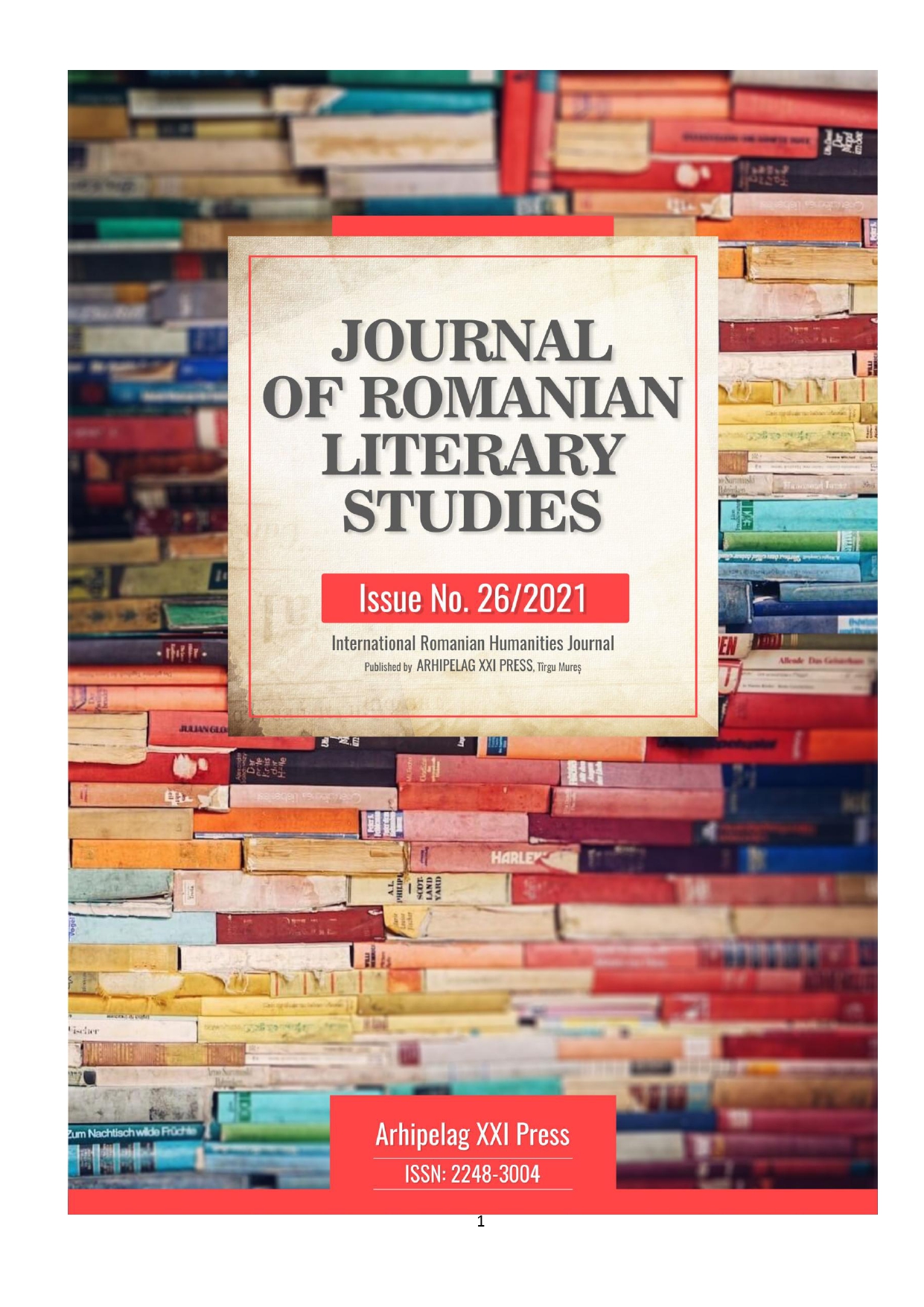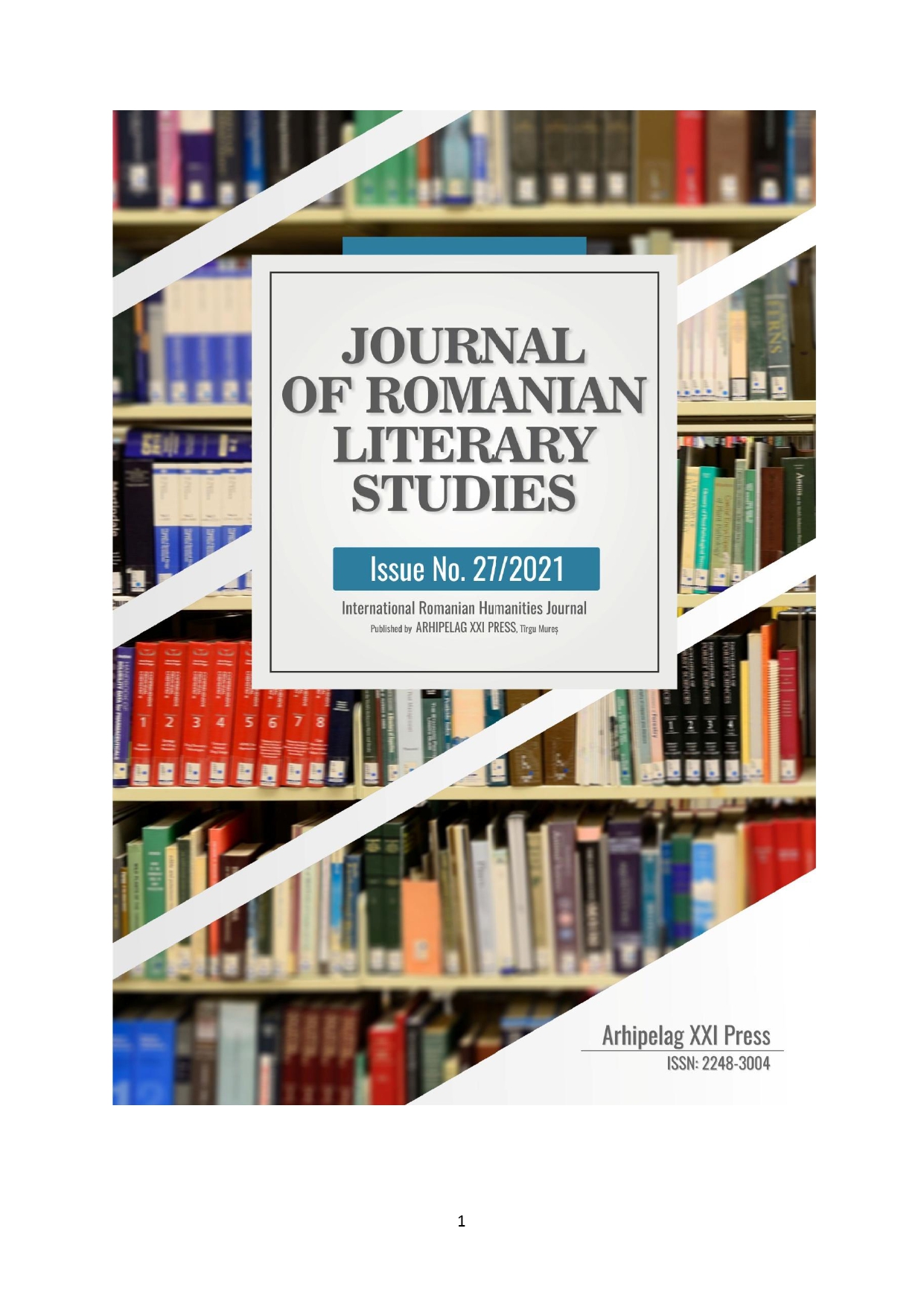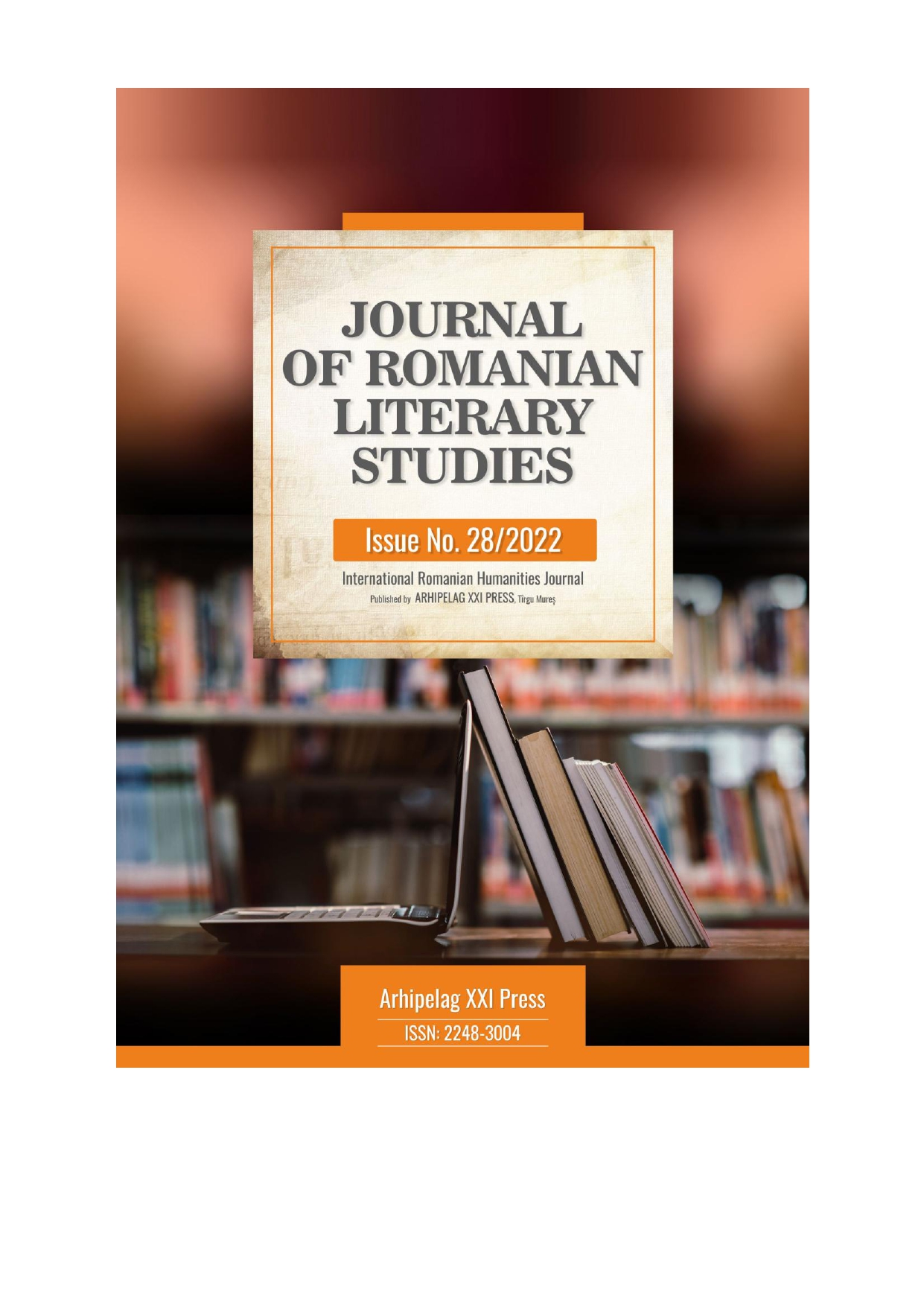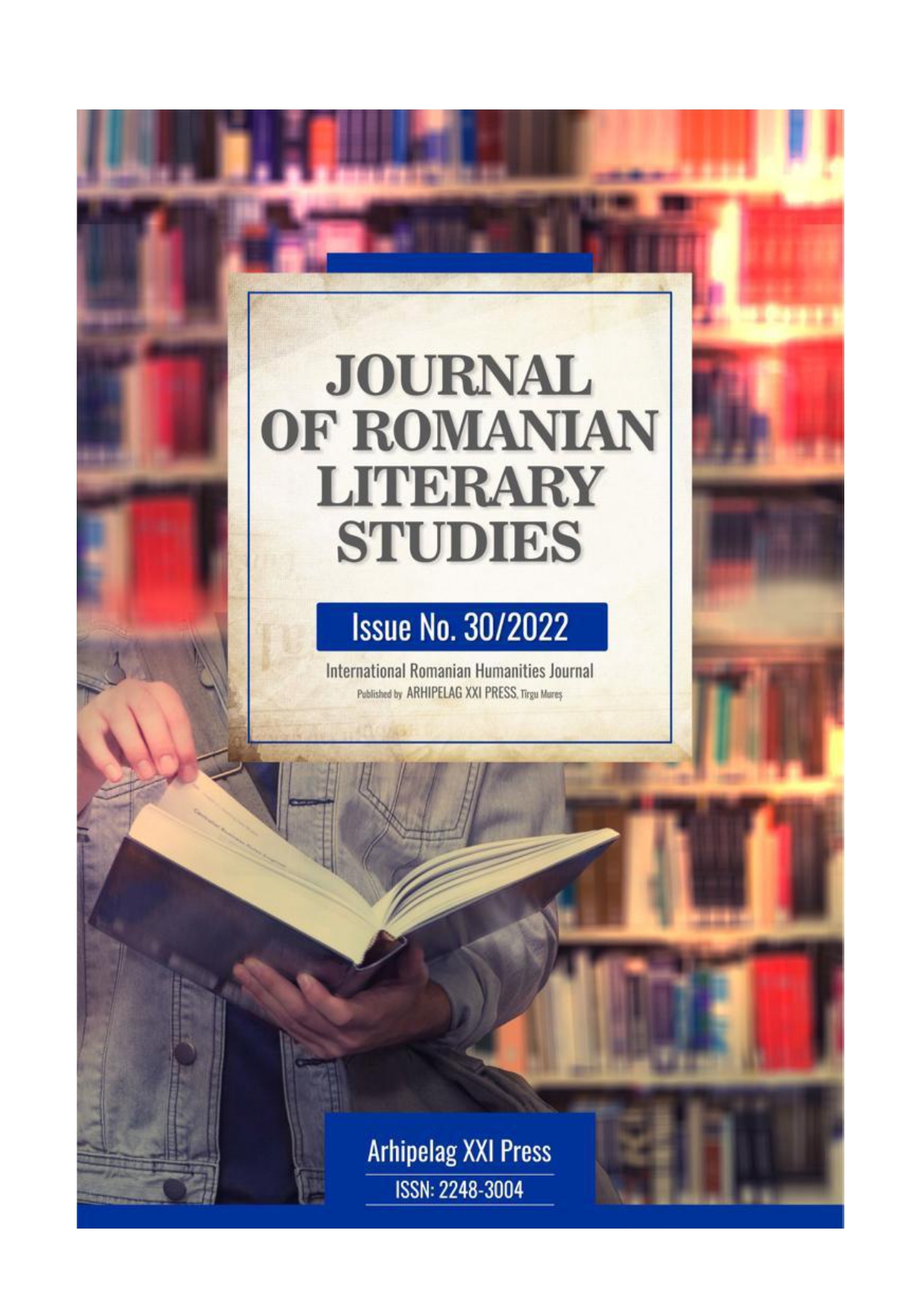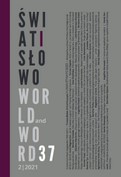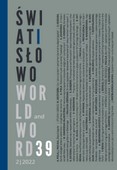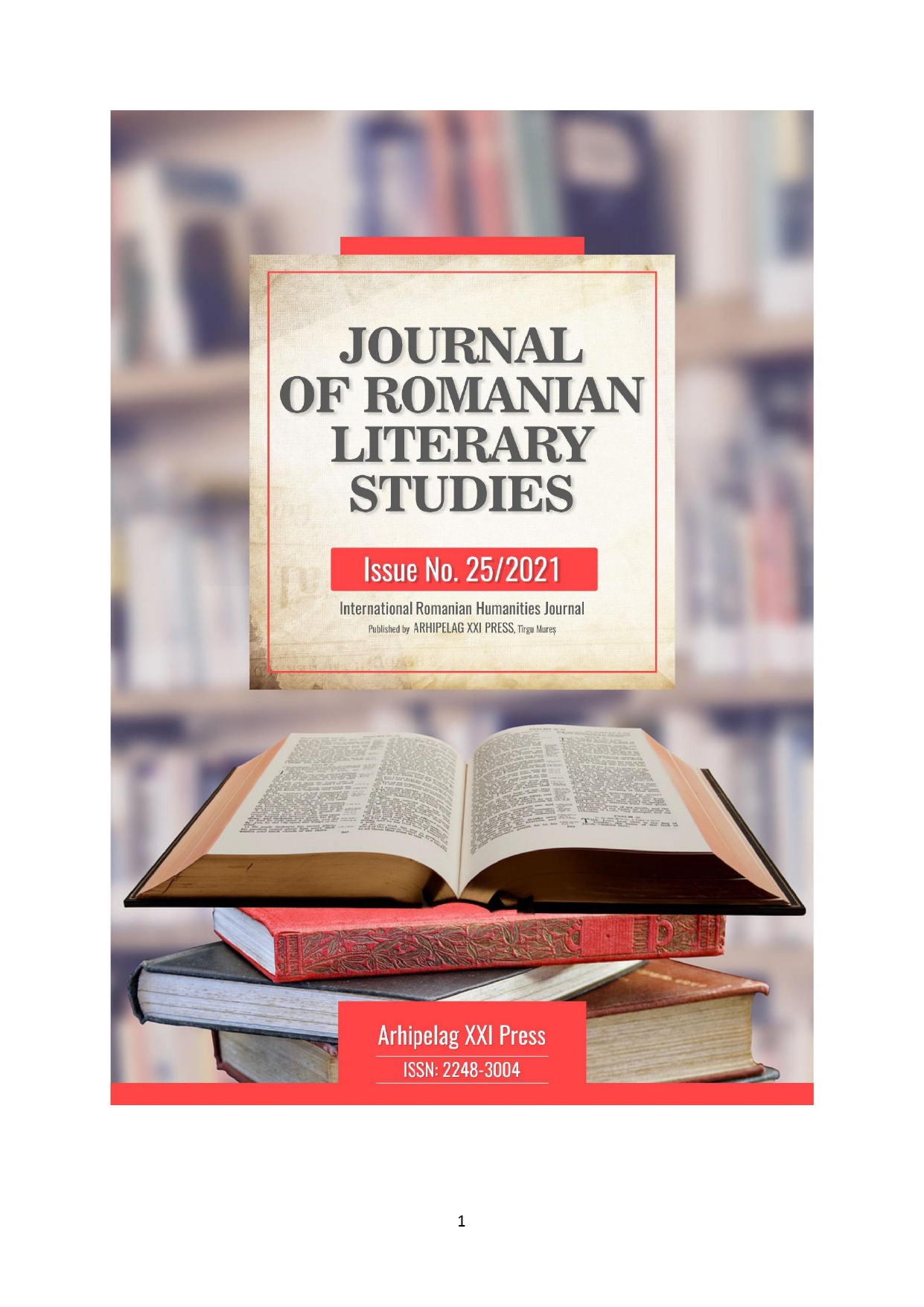
PARTICULARITIES OF THE ROMANIAN LANGUAGE IN THE ADMINISTRATIVE CORRESPONDENCE OF THE INTERWAR BUCOVINA
In order to know the literary language used in the legal-administrative texts of an epoch, it is necessary to study the facts of language, of the various acts that through their content can bring concrete testimonies in connection with certain mutations or deviations from the norm. In this context, it is necessary to capitalize on official documents with the intention of establishing a place for them in the vast process of development and improvement of linguistic norms within a style and, by extension, within the literary language. We chose for analysis a qualitatively representative corpus (diversity of types of documents analyzed) consisting of correspondence from the prefectures of Southern Bukovina, which are in conservation at the Suceava County Service of the National Archives.
More...
